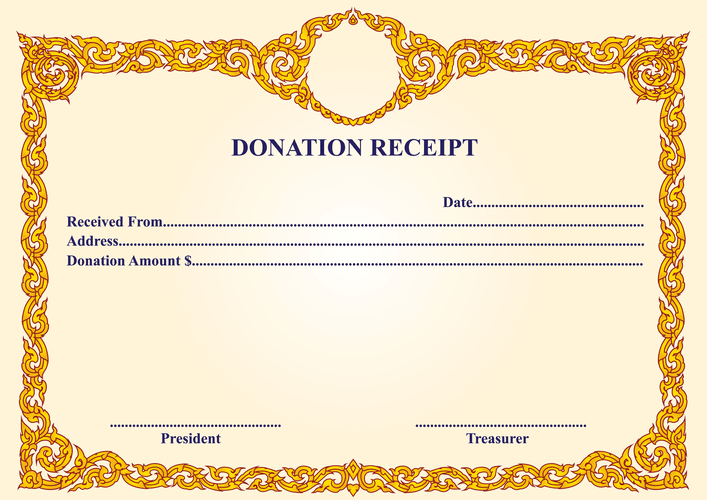
These two concepts are actually worlds apart, and grasping their distinctions will revolutionize the way you delegate responsibilities within your team—and the way you budget for impact. A well-maintained cash flow statement is non-negotiable to build trust and operate smoothly. So it’s very important that you learn to read the IRS 990 and understand what it says about the financial health and governance of your organization.

Identifying and Calculating Investing and Financing Activities
- Nonprofits use the statement of activities to review changes to their net assets and show revenue and expenses over the accounting year.
- Understanding the flow of cash through the organization allows stakeholders to evaluate its financial stability and make informed decisions regarding strategic planning and management.
- This investment in operational capacity allows organizations to scale their impact and respond to changing community needs more effectively.
- Nonprofits that implement this method can expect not only to meet regulatory and donor expectations but also to gain strategic insights into their financial operations.
- Unlike the income statement, which shows financial performance based on accrual accounting, the cash flow statement reveals how cash is actually generated and used in operations, investments, and financing.
- Then, our team will analyze this document as well as other resources to identify potential risks, opportunities, and scenarios that could occur.
Regular financial reviews, clear approval processes for expenses, and, of course, secure software. With all those crucial details and differentiators out of the way, you’re ready to manage your finances efficiently and effectively by getting your nonprofit accounting in tip-top shape. Completing this tax form isn’t just about following the rules—it’s about boosting your nonprofit’s credibility and wooing potential donors. With your Form 990 in hand, you’ll be showing off your organization’s transparency and proving that you’re a master at making every dollar count. Many donors—especially major donors—make it a point to hold nonprofits accountable through their 990s. The IRS Form 990 is like a superhero cape for nonprofit accounting teams, helping them maintain their tax-exempt status and save the day with the federal government.
Restricted vs. Non-Restricted Net Assets

Effective management of overhead costs is critical for nonprofit financial health. One strategy is to segment overhead expenses into categories such as occupancy, labor, and other operational costs. This approach allows organizations to isolate controllable short-term expenses from longer-term fixed costs, enabling more precise management and adjustment when necessary. Internal controls start by setting a strong control environment from the top down, emphasizing the importance of following policies consistently. Key internal controls include segregation of duties, proper authorization of expenses, and regular independent reviews What is bookkeeping of financial processes.

Calculate cash flows from financing activities
Your size, your activities, and your funding sources will all determine which reports you need to run your business effectively. Budget vs. Actual is an internal report, not part of your audited financial statements. But because the board and leadership are involved in creating a nonprofit budget, it’s often more familiar and more useful on a day-to-day basis. A nonprofit’s expenses usually include all cash flowing out nonprofit cash flow statement of the organization during the period. Plus costs incurred but not yet paid, like payroll that won’t be paid until next month or vendor invoices with 30-day terms.
Statement of Financial Position
For nonprofits, investing activities often reflect how the organization is planning for future growth and sustainability. These activities might not occur as frequently as operating activities but are crucial for long-term strategic planning. Monitoring cash flows from investing activities helps ensure that a nonprofit is not over-investing its liquid assets in ways that could jeopardize its operational liquidity. So, yeah, while we’d all love to spend our days doing the hands-on, superhero work we love, financial health creates a healthy nonprofit, and sound accounting practices ensure you stay on budget and above board.

But in a leadership role, you’ll need to understand both audited financial statements and internal reports to communicate effectively with your donors, grant-makers, board of directors, and your team. We are now ready to present examples of the statement of financial position and the statement of activities. To do that, we’ll follow the activities of a nonprofit organization called Home4U, a daytime shelter for adults. If you’re looking for help with your nonprofit statement of cash flows, we recommend reaching out to Jitasa accountants.

- They help focus your efforts, bring enthusiasm and innovation, and save you valuable time and money.
- The first and most desired financial statement is the Statement of Financial Position.
- Cash flows from the purchase, sale or insurance recoveries of capitalized and noncapitalized collection items are reported as investing actives on the statement of cash flows.
- A nonprofit statement of cash flows is a financial report that shows how cash moves in and out of an organization on a regular basis.
- Understanding the financing activities of a nonprofit is essential for assessing its financial stability and capacity to meet both current and future challenges.
- Just like the initial receipt of the restricted contribution, the investment income earned on these endowment funds, which is restricted for long-term purposes, must be reported as a financing activity.
Here’s a comprehensive deep dive into what nonprofit leaders need to know to successfully… virtual accountant Effectively analyzing the Statement of Cash Flows requires both a strong foundational understanding and the right tools. There are numerous software solutions and educational resources available that can enhance your ability to interpret and utilize this crucial financial statement. There are a few key things to look for when you are reviewing your nonprofit cash flow statement. When looking at a cash flow statement, you can assess the company’s ability to generate cash, how much money is being used to finance day-to-day operations, and how much cash is being reinvested back into the company. The cash flow statement can also be used to assess the company’s liquidity, which is a measure of its ability to pay its short-term debts.
